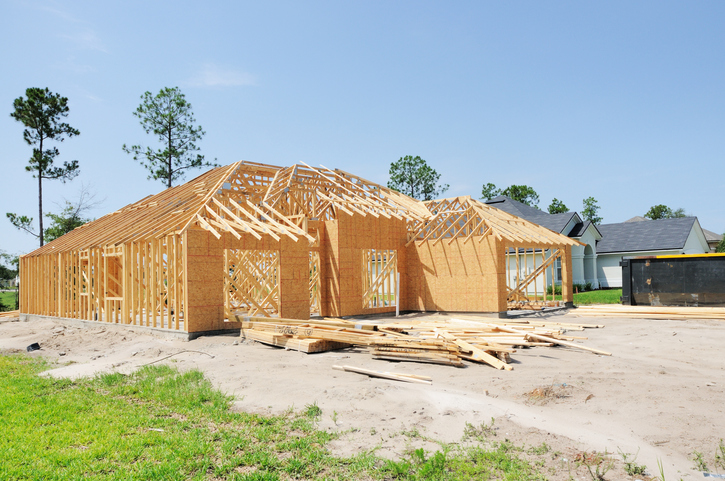Hurricane season is upon us, with peak hurricane season (August-October) just around the corner. Hurricanes can turn your home from a relaxing place of refuge into a stressful place of frustration. In the worst-case scenario, a home can completely disappear. To mitigate this as much as possible, in 2002 Florida implemented the highest building codes for hurricane resistance in the nation. Going even further, the Insurance Institute for Business & Home Safety crafted a set of voluntary building standards to upgrade to what they call a “fortified home.”
If you need to protect or rebuild your home from hurricanes, here are some things you’ll want to do for your home to help it weather the next big storm.
Roofing
Roof repair following a hurricane is pretty common. To fortify your roof structure, brace gable end walls (the triangular portions of wall between the pitches of your roof) so that high wind pressure against the wall gets distributed to more of the frame. Also reinforce any soffit covers to reduce the amount of water blown into your attic.
You’ll want to strengthen your roof deck connection with the appropriate hardware, like ring shank nails. You can also create a secondary water barrier by using an adhesive between joints of the roof decking. Use hurricane straps to strengthen the roof-to-wall connection to help keep the roof connected to the home.
Finally, upgrade your roof covering to high wind-rated coverings and make sure they are attached properly to keep them from blowing off. This will help keep a significant amount of water from leaking into your home.
Windows and Doors
High winds create projectiles out of all types of objects. Window and door failures during a hurricane allow a ton of wind-swept water into the home, and the change in internal pressure can result in roof failures. Add pressure-rated and large missile impact-rated products to protect your doors and windows, such as permanently mounted hurricane shutters, temporary panels with permanently mounted hardware, and bracing kits for entry doors and garages.
Floors
Flooding is the other major concern during a hurricane. The local building department will be able to tell you about the base flood elevation of your home, which is the elevation of surface water that has a one percent chance or greater of being exceeded during a flood. You’ll want to protect any area of your home that sits below this base flood elevation.
The best, but also most expensive, way is to elevate your home. This involves raising the foundation, so the lowest level of your home is above the base flood elevation, but it’s the surest way to protect your home and belongings.
If elevating the home is out of your budget, then see if you can elevate appliances, furnaces, or other critical utilities above the base flood line. This will not only protect the equipment but also reduce the risk of electric shock hazards. Talk to your contractor about whether you should install flood vents or a sump pump to channel water out and away from the home and if you might need a backflow system to prevent sewage from flowing back into the home.
Insurance
The state of Florida does offer some incentive programs to help recoup or offset the costs of rebuilding your home for hurricane safety. They also recently restarted My Safe Florida Home, a program that provides free inspections of your property and recommendations to prepare it for hurricane season.
Insure Your Home with Florida Farm Bureau Insurance
If your home isn’t properly insured, you may not have enough money to restore it to the way it was before the storm. You can avoid this by working with an agent that will work with you to make sure your home is insured for its replacement value. To learn more, contact a local Farm Bureau Insurance agent near you using our Agent Finder.

